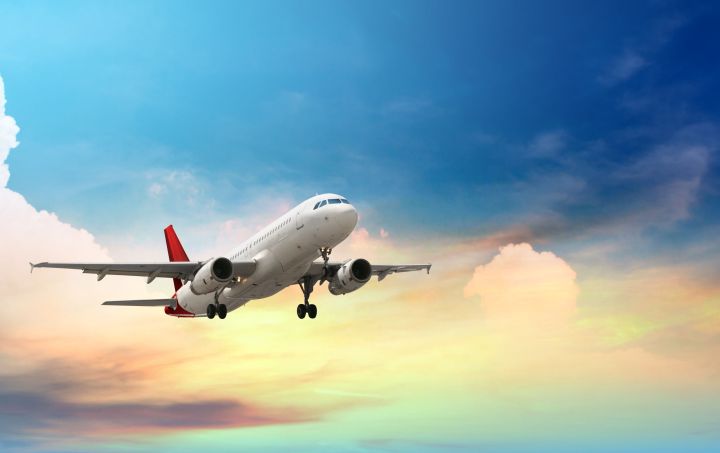
As co-author of the study Professor Michelle Girvan tells Digital Trends, it’s all to do with the brain’s so-called “pacemaker cells” getting disrupted as people travel across different timezones.
“The reason that it’s harder to go east for most people is that your internal clock has a natural period that’s a little bit longer than 24 hours,” Professor Girvan explains. “What that means is that if you travel west, that’s making your day longer — which your internal clock has an easier time with because its period is already slightly more than 24 hours. With east, on the other hand, it’s more more difficult for the opposite reason.”
The University of Maryland study uses mathematical proofs to show how the brain’s pacemaker cells have to resynchronize as they adapt to new timezones — with certain eastbound journeys being so far that they actually set your internal clock backwards instead of forwards.
“What was surprising for us was that the small difference between the natural period of your internal clock and a full 24 hour day is responsible for very large differences, in terms of recovering from jetlag for a trip that’s east versus west,” Professor Girvan continues. According to the model she helped develop, traveling eastward across three timezones will take the average person around four days to recover — while a similar trip westward would take just three days for a person to return to normal.
She does, however, note that not everyone reacts in exactly the same way, and that the parameters in the model account for variation on a person-to-person basis. “For some people, the toughest travel might be six hours east,” Professor Girvan says. “For other people it might be nine hours east.”
Going forwards, she tells Digital Trends that she would like to form “a stronger partnership with neuroscientists” to find out more about this effect. So long as that neuroscientist is located west of Maryland, presumably!


